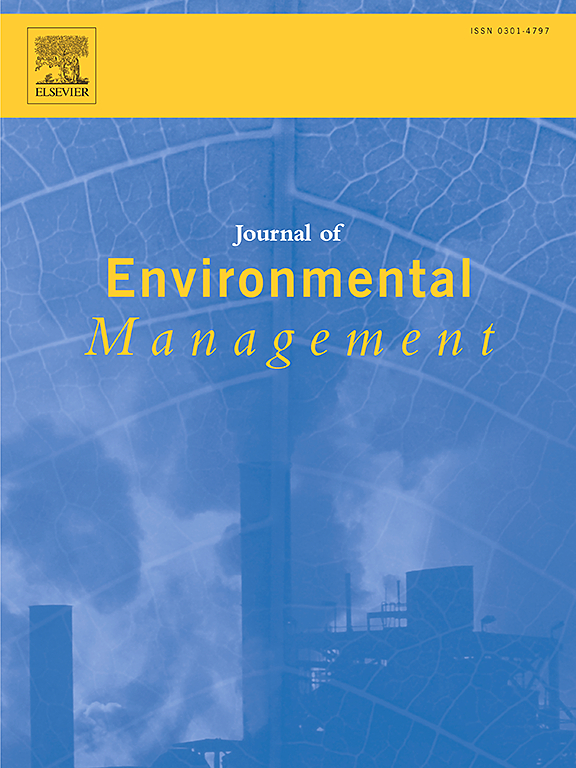Restoration of river connectivity enables long-distance spawning migrations in a potamodromous fish
IF 8
2区 环境科学与生态学
Q1 ENVIRONMENTAL SCIENCES
引用次数: 0
Abstract
Rivers across the world are increasingly fragmented due to anthropogenic barriers, with the restoration of connectivity often using fish passes. Fish passes are, however, usually designed for anadromous species, despite ecologically important non-anadromous species being present in the communities impacted by fragmentation. To assess the outcomes for non-anadromous fishes of the installation of multiple fish passes and weir modifications, the movements of the potamodromous European barbel Barbus barbus were evaluated in the lower River Severn basin, western Britain, which was fragmented by six weirs (two on a tributary, four on the Severn mainstem). Movements of individual fish were measured using long-life acoustic transmitters, with stable isotope analysis assisting the assessment of individual variability in movements. The movements of three tagging groups were measured: barbel tagged in 2015 (n = 19; no fish passes/modifications), 2018 (n = 19; tributary weirs modified), and 2020/21 (n = 20; all Severn mainstem weirs fitted with fish passes). No fish in the 2015 group passed the weirs on the Severn mainstem, despite approaches, and only one fish in the 2018 group passed the most downstream weir during high water conditions in winter. Following the opening of all fish passes in early 2021, individuals in the 2020/21 group moved above all the weirs via the fish passes between April and June (the spawning season). These fish then moved upstream for up to 110 km, and some were detected returning downstream. These spawning migrations potentially have high ecological and evolutionary significance, indicating that reconnection schemes designed for anadromous fishes also benefit potamodromous fishes.
求助全文
约1分钟内获得全文
求助全文
来源期刊

Journal of Environmental Management
环境科学-环境科学
CiteScore
13.70
自引率
5.70%
发文量
2477
审稿时长
84 days
期刊介绍:
The Journal of Environmental Management is a journal for the publication of peer reviewed, original research for all aspects of management and the managed use of the environment, both natural and man-made.Critical review articles are also welcome; submission of these is strongly encouraged.
 求助内容:
求助内容: 应助结果提醒方式:
应助结果提醒方式:


